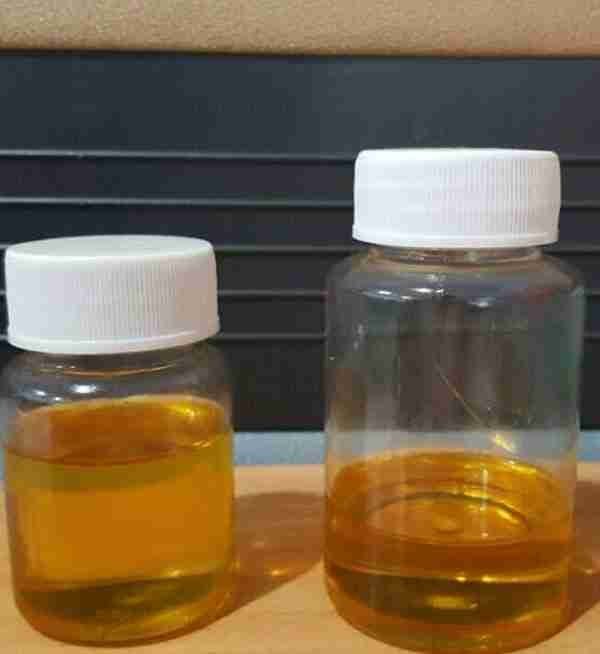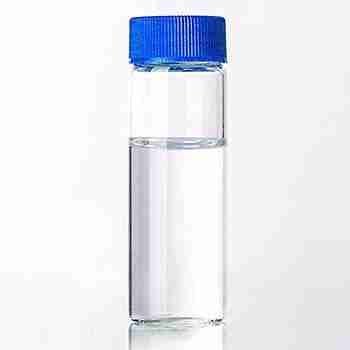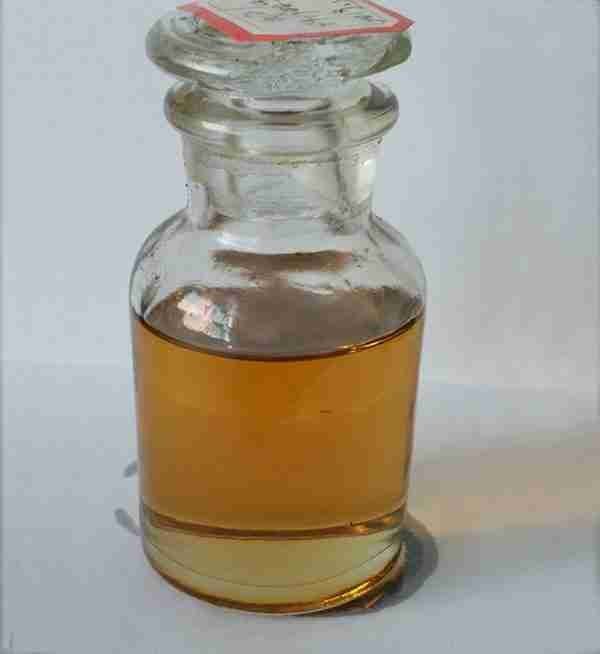sulfopropylated polyalkoxylated beta-naphthol, alkali salt cas 120478-49-1
Assay: ??75%
Appearance: Yellowish or brown viscous liquid
Capacity: 150MT per year
Packaging: 200kg plastic drum
Sample: available
related documents:
COA of Sulfopropylated polyalkoxylated beta-naphthol, alkali salt
TDS of Sulfopropylated polyalkoxylated beta-naphthol, alkali salt
Request for product documents
发送询盘
Description
Sulfopropylated polyalkoxylated beta-naphthol, alkali salt Quick Details
Chemical Name: Sulfopropylated polyalkoxylated beta-naphthol, alkali salt
CAS No.: 120478-49-1
Molecular Fomula: C18H23KO6S
Molecular weight: 406.53492
Chemical Structure:
Appearance: Yellowish or brown viscous liquid
Assay: 75.0%
Sulfopropylated polyalkoxylated beta-naphthol, alkali saltTypical Properties
Item
Standard
Results
Appearance
Yellowish or brown viscous liquid
Brown viscous liquid
Assay
??75%
75.8%
PH
5-7
6
Dosage
0.5-2.0g/L
According to user??s need
CMC
Not-specified
0.3%
Water Solubility
Miscible
Miscible in any proportion
Methanol Solubility
Miscible
Miscible in any proportion
Ethanol Solubility
Miscible
Miscible in any proportion
Methylbenzene Solubility
Miscible
Miscible in any proportion
Sulfopropylated polyalkoxylated beta-naphthol, alkali saltUsage
It is a low foam, no cloud point anionic surfactant,It is a purifying agent in the electroplating process, especially for acid galvanizing.As a sulfonate, it is resistant to hydrolysis,Used in combination with nonionic surfactants to increase cloud point,And easy to dissolve in Benzylideneacetone, improve the uniformity of plating.At the same time, it is suitable for operation at high temperatures, and the deposited coating is bright and corrosion resistant.
Sulfopropylated polyalkoxylated beta-naphthol, alkali saltPackaging and Shipping
Drum, 180kg
Sulfopropylated polyalkoxylated beta-naphthol, alkali saltStorage
Store in cool place. Keep container tightly closed in a dry and well-ventilated place.
| 5 |
|
0 |
| 4 |
|
0 |
| 3 |
|
0 |
| 2 |
|
0 |
| 1 |
|
0 |
- 2
- 2-diallylpent-4-en-1-amine
- 4
- 95-16-9
- Ammonium sulfamate
- Benzothiazole
- cas:67889-00-3ح2
- cas:83524-75-8 | pigment black 32
- cas:928836-00-4 | 2
- cas:932745-70-5 | 4
- Chemical Minerals
- Coconut diethanolamide
- Daily Chemicals
- discount
- for sale
- General pvc resin
- hexyl D-glucoside
- in stock
- Lauramidopropyl betaine
- LAURIC ACID MONOETHANOLAMIDE
- Petroleum Additives
- Plasticiser
- Ploymers
- price
- PVC
- quotation
- Raw Materal
- Remove term: Petroleum Additives Petroleum Additive
- SODIUM ETHYL 2-SULFOLAURATE
Related Products
Coconut Oil Monoethanolamide is a high-performance emulsifier derived from natural coconut oil. It is a key component in personal care and cosmetic formulations, providing excellent emulsifying properties and improving product texture. With its natural origin and superior performance, it is the preferred choice for creating stable and high-quality products.
Decyl Glucoside is an eco-friendly, non-ionic surfactant derived from renewable resources. Renowned for its mildness and biodegradability, it is ideal for creating gentle, high-performing cleaning agents in personal care and household products. Its sustainable and effective nature makes it a preferred choice for green formulations.
Decyl Glucoside is an eco-friendly, non-ionic surfactant derived from renewable resources. Renowned for its mildness and biodegradability, it is ideal for creating gentle, high-performing cleaning agents in personal care and household products. Its sustainable and effective nature makes it a preferred choice for green formulations.
Coconut diethanolamide is a derivative of coconut fatty acids, where the fatty acid is reacted with diethanolamine to form an amide. This compound is commonly used as an emulsifier and viscosity modifier in personal care products such as shampoos, conditioners, and creams. It imparts a smooth texture and enhances the stability of formulations. Coconut diethanolamide is valued for its ability to improve the foaming properties and skin feel of products, making it a preferred ingredient for creating luxurious and effective formulations in the cosmetics and personal care industry.
Chemical Name: Zinc citrate
Synonyms: Zinc citrate trihydrate
CAS No.: 546-46-3
Molecular Formula: C6H8O7Zn
Molecular Weight: 257.5
Appearance: White powder
Chemical Name: Potassium Castorate
CAS No.: 8013-05-6
Molecular Formula: C57H107K3O12
Molecular Weight: 1101.74718
Appearance: Yellow Liquid
Product name:HYDROXYPROPYL GUAR HYDROXYPROPYLTRIMONIUM CHLORIDE
Purity:99%
Appearance:Light Yellow Powder
Package:Customized according to customer needs.
Sample:Available
Chemical Name: 3-Hydroxybutyric acid
CAS No.: 625-71-8
Molecular Formula: C4H8O3
Molecular Weight: 104.1
Appearance: White powder
Chemical Name: Dehydrocholic acid
Synonyms: Acide dehydrocholique; Triketocholanic acid
CAS No.: 81-23-2
Molecular Formula: C24H34O5
Molecular Weight: 402.53
Appearance: Powder
Chemical Name: Ammonium Iron(II) Sulfate
Synonyms: Diammonium iron bis(sulphate); iron (ii) ammonium sulfate
CAS No.: 10045-89-3
Molecular Formula: FeH5NO4S
Molecular Weight: 170.95
Decyl glucoside, scientifically known as ??-D-Glucopyranoside, is a non-ionic surfactant derived from renewable resources, such as glucose and fatty alcohols. It is a biodegradable and mild alternative to traditional surfactants, making it a preferred choice for eco-friendly and sensitive skin formulations.
This compound is characterized by its ability to form stable emulsions and foams, which are essential properties in a variety of applications, including personal care products and household cleaning agents. Decyl glucoside is valued for its low irritation potential and excellent skin compatibility, making it suitable for use in baby care and cosmetic products.
Chemically, decyl glucoside features a hydrophilic head and a hydrophobic tail, allowing it to effectively reduce surface tension and solubilize oils in water. Its mildness and biodegradability contribute to its use in formulations that require gentle cleansing without compromising the integrity of the skin’s natural barrier.
In summary, decyl glucoside is a versatile and sustainable surfactant that offers a balance of performance and safety. Its eco-friendly profile and compatibility with sensitive skin types make it an ideal ingredient for a wide range of personal care and cleaning products.
Common English name: 5-iodo-2,3-dihydropyridazin-3-one
CAS No.: 825633-94-1
Molecular formula: C4H3IN2O
Molecular weight: 221.98
Sample: Available


















Reviews
There are no reviews yet.